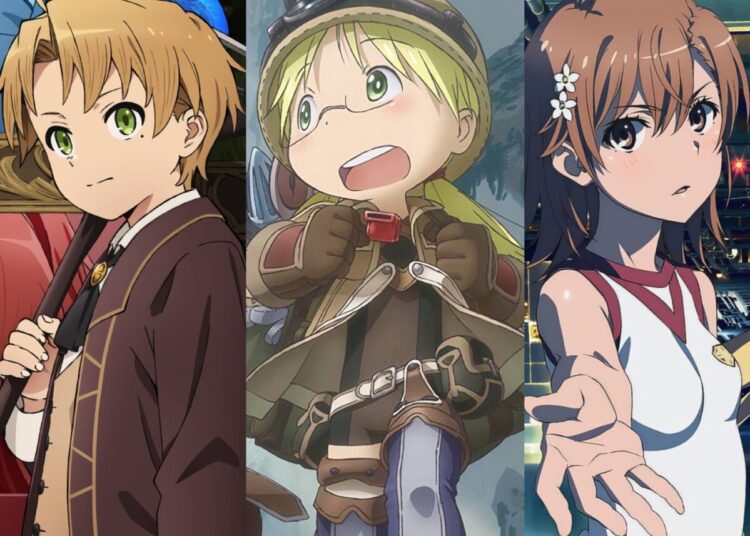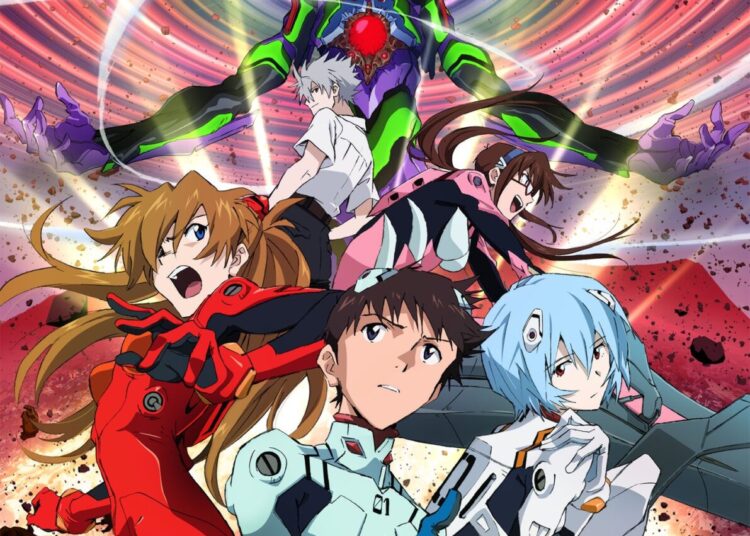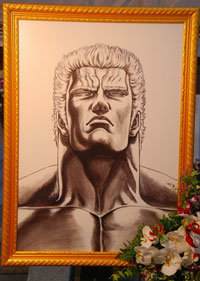I attended a Japanese funeral over the weekend, after when the father of a friend passed away at the age of 84. Japan can be a very death-centric place, and when a person goes to that ramen shop in the sky there’s a complex rulebook of customs that automatically kicks in, letting everyone know how to act as they express their grief and condolences to the bereaved. This funeral threw us a curve ball, however, since it was a Shinto ceremony rather than Buddhist. As a general rule, the Japanese intermingle these two traditions over the course of their lives, tending to turn to Shinto rites for happy events like baby christenings and the first prayer of the New Year, and solemn Buddhist ones for funerals and ceremonies remembering the dead. A Japanese wedding, when it’s not done Western-style, is always Shinto — think of Arnold’s wedding from Happy Days, if you remember back that far. Shinto funerals stress happier images of the deceased’s life, make use of evergreen plants as an icon of returning to nature, and play a beautiful Japanese instrument called the sho. Since Shinto funerals are far more rare then Buddhist ones, my wife and mother-in-law (to say nothing of me) weren’t sure how to conduct themselves, when or how many times to bow, which was to hold the little camellia leaf they handed out, and so on. As at most such events in Japan, money was involved, with an old 10,000 yen note presented in a special envelope for this purpose, to help the family copy with their loss. You have to use an old bill though — giving new, crisp money implies the death was anticipated, which is very rude in Japan.

The “uniform” for formal events is the “reifuku” (“ceremonial clothes”), a standardized black suit that looks similar to a tuxedo to Western eyes. The reifuku is a great invention because you can wear it to weddings (with a white tie) or to funerals (with a black tie). There’s never a concern for fashion, no worrying about what to wear — just keep a reifuku suit in your closet and you’ll always be set for any formal occasion.
Anime has been with us for a long time, and just like American comics, you can slice it up into different eras. The Golden Age of anime would be the true old-school classics of the 60s and 70s, from Atom Boy and Heide, Girl of the Alps up through the original Mobile Suit Gundam series, the first show where the characters were more important than the robots. Silver Age, it seems to me, would be the 80s, when anime grew in scale and took its place in the minds and hearts of fans all over the world. The Modern Age would be the 1990s through today, when anime truly arrived as a major worldwide industry, influencing everything from Hollywood films to video games. One of the first anime series to enthrall me way back when was Space Cruiser Yamato (aka Star Blazers), which featured fascinating characters that evolved as the story progressed to its conclusion. I’m honored to have a really cool item for Yamato fans — a giant model of the ship by Bandai that you build in section.
J-List loves the Internet since it makes it easy for us to reach out and meet so many cool people who are fascinated with Japan. On the other hand, we hate one corner of the Internet — Yahoo’s free mail service — for consistently failing to deliver mail properly to or from our websites, to say nothing of being a source of email scams. If you’re using Yahoo’s mail service, we highly recommend that you switch to Gmail, Google’s reliable, free service. If you’d like us to send you a Gmail invite (which is required to get an account with Gmail), shoot us an email and we’ll get one out to you right away!















